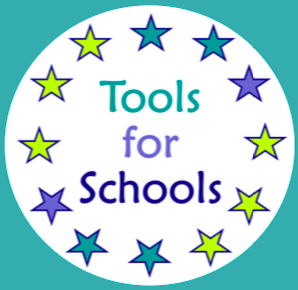



This strategy is for you as a teacher to understand about activity and learning and consider when and how you can include more activity and movement into your class’s week. It is about getting the whole class moving more as part of the normal school day
This strategy is to help formalise your understanding of why activity breaks are so important for the children flex is designed for, and to ensure that you are able to maintain this over time as the benefits of activity are often short-lived. It contains up-to-date scientific evidence to improve understanding